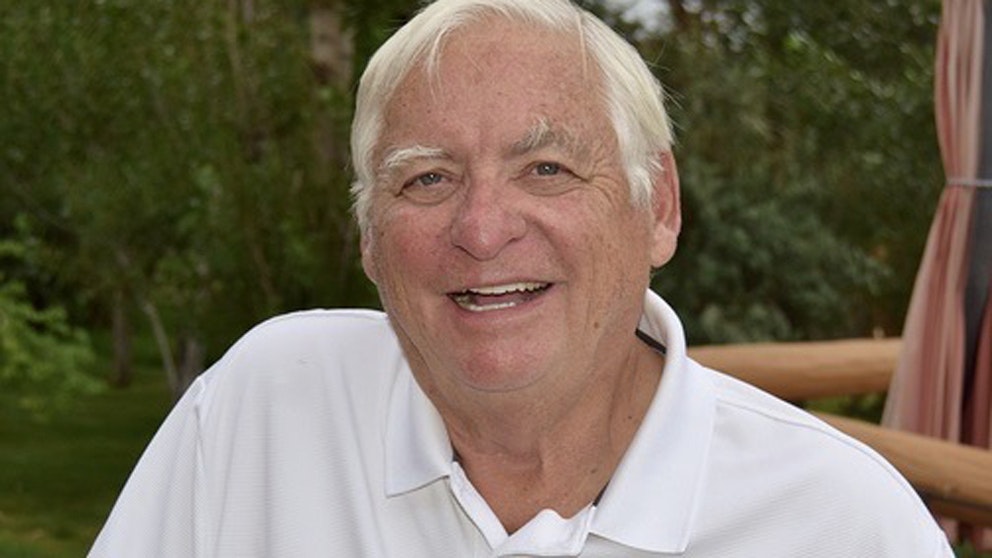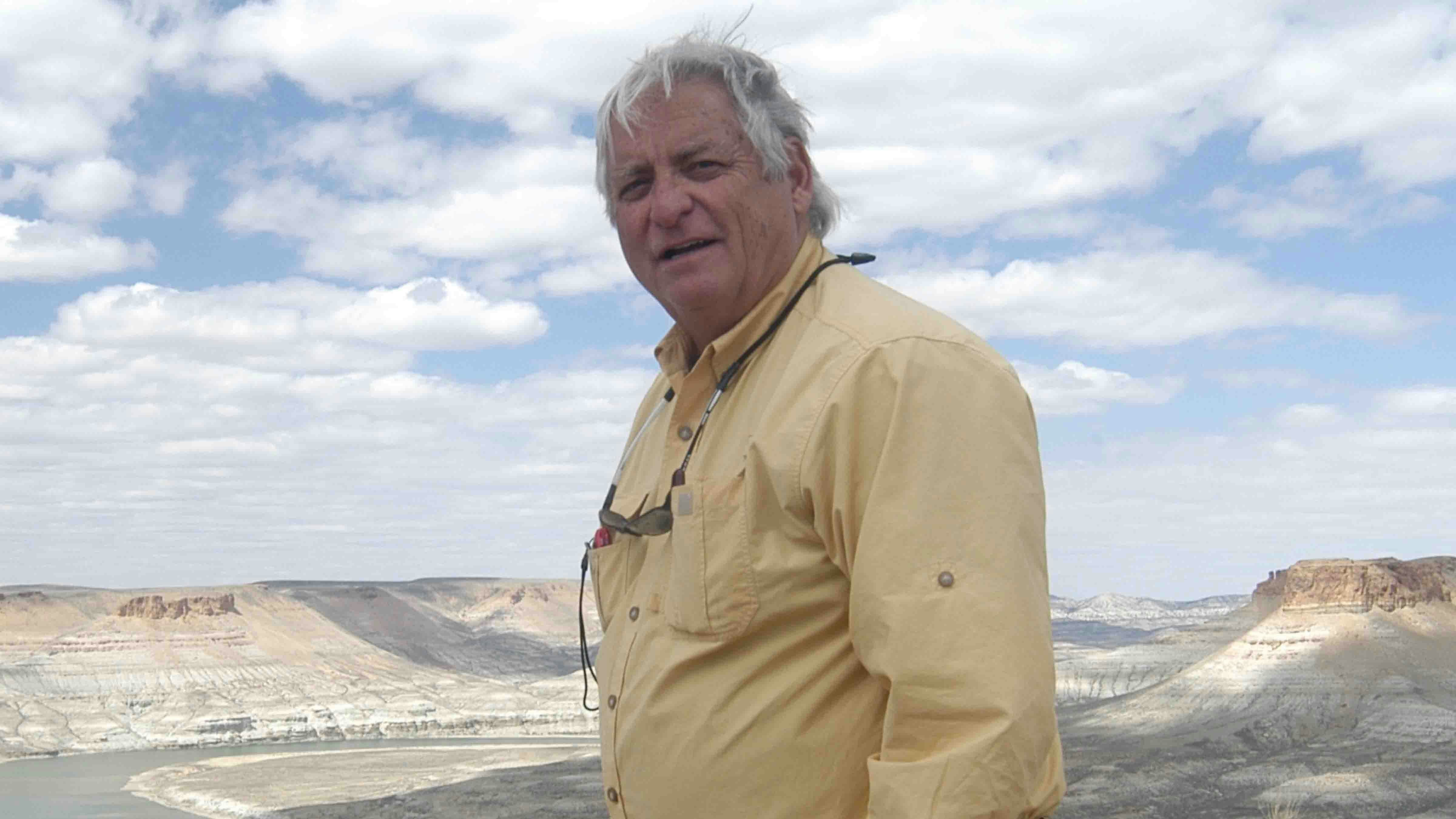Hydrate, hydrate, hydrate! If I have heard that once this week, I have heard it a thousand times.
As I write this, my wife, my daughter, and my granddaughter are preparing our home and yard for a big wedding this weekend. The mercury is over 90 degrees, a hot dusty wind is blowing, and the last time I checked, the humidity is a meagre 14 percent.
My girls are constantly either pouring me water (not coke, not coffee, not tea) and urging me to “hydrate!” It is as if I am going to dry up and blow away.
Instead, I am up all night visiting my new best friend, the toilet.
Alas, Do We Need So Much Water?
One of my favorite Wyoming characters was the famous geologist the late Dave Love, who was a good friend. He was the focus of one of my all-time favorite books about the west called “Rising From The Plains,” by John McPhee.
In that book is a great line where McPhee is getting ready to head out to the desert with Love and he asks about hydrating?
Love responds, “No, if I take a drink now, I will be thirsty all day.”
What? This is heresy. Here is a man who has possibly walked more miles in Wyoming’s deserts and arid lands than anyone since the days of the emigrants and the Mountain Men. He should know, right?
And that’s not my only evidence.
Cowboy State Daily Reporter Jake Nichols wrote a terrific story a few months ago about a real-life mountain man in Jackson Hole with the amazing name of Gap Pucci. His name sounds like an Italian movie star or the latest winner of the Kentucky Derby.
One thing Gap Pucci never carried was a canteen of any kind. “I never carried a water bottle in my entire life. It’s crazy how everyone hydrates today. You don’t need to drink every 15 to 20 minutes and neither do your horses,” Pucci claimed. “I would carry a little water cup and I knew where all the springs were.”
I doubt that my hero, mountain man Finis Mitchell, ever packed too much water. He used a small canvas water bag.
Dave, Gap, And Finis
So there. Dave Love, Gap Pucci, and Finis Mitchell - among them, have spent more time in the wilds of Wyoming than just about anybody and I doubt they ever carried one of those one-gallon Nalgene plastic bottles of water with them. They probably never even heard of Nalgene. All three men lived long productive lives with Pucci still knocking around.
Another old-timer who taught me about water is my first real water witcher – Albert Facinelli. He was an old-time Lander guy who instead of using a forked tree limb, balanced a metal file on his knuckles, to locate sites for folks wanting to drill water wells.
As he walked across a dry piece of property he could tell if there was water beneath him by the way the file would quiver. His dowsing effort was something to watch.
He was a legend with his skill in finding water.
I asked him if I could try it and I walked across several large pieces of land where he had already done some work. The file never moved. “You’re deader than a doornail,” he exclaimed.
We Are The Headwaters
Despite being a very dry and arid place, Wyoming is the headwaters for some of the greatest rivers in the west.
We can claim to be a headwaters of the Snake River, which becomes the Columbia. We can claim to be the headwaters of the Green River which becomes the Colorado River. And we can claim partial ownership of the headwaters of the North Platte River which becomes the Missouri, as does our Yellowstone River. Our Wind/Big Horn River heads north to also join the Missouri River system after it merges with the Yellowstone. We might be able to claim the Bear River near Evanston which is main source of water for the Great Salt Lake.
Water is a cornerstone of the economy in the arid West, underpinning agriculture, industry, and urban development. Agriculture, in particular, is heavily dependent on irrigation due to the lack of sufficient rainfall. Crops like alfalfa, wheat, and various fruits and vegetables thrive in the region because of advanced irrigation techniques. The Central Valley in California, for instance, is one of the most productive agricultural areas in the world, thanks to the extensive use of water for irrigation.
Let’s Talk About Almonds
However, California’s ag area provides its own rub. Comedian Bill Maher was complaining about how much water ag uses compared to human use:
“So, let's do the math. Thankfully, some other nerd had already done the work on how much water it takes to grow one pound of almonds. It turns out that one ounce of almonds requires 23 gallons of water, so 23 X 16 ounces in a pound equals 404.8 gallons of water for that bag of tasty nuts you just bought at Sam's Club.”
Google offers up some different numbers for how much water almonds require with the following: “California supplies about 80 percent of the United States almonds, and dedicates 80 million gallons of water to grow almond crops. Growing one almond requires 1.1 gallons of water, and to grow a pound of almonds takes 1,900 gallons of water. Walnuts, hazelnuts, pistachios, and cashews all use roughly the same amount of water to grow. Ten percent of California’s water is guzzled up by almonds.”
Now I like almonds. And I like water. Especially this week.
But, seriously, one almond requires 1.1 gallons of water! Now that is some serious hydration.





